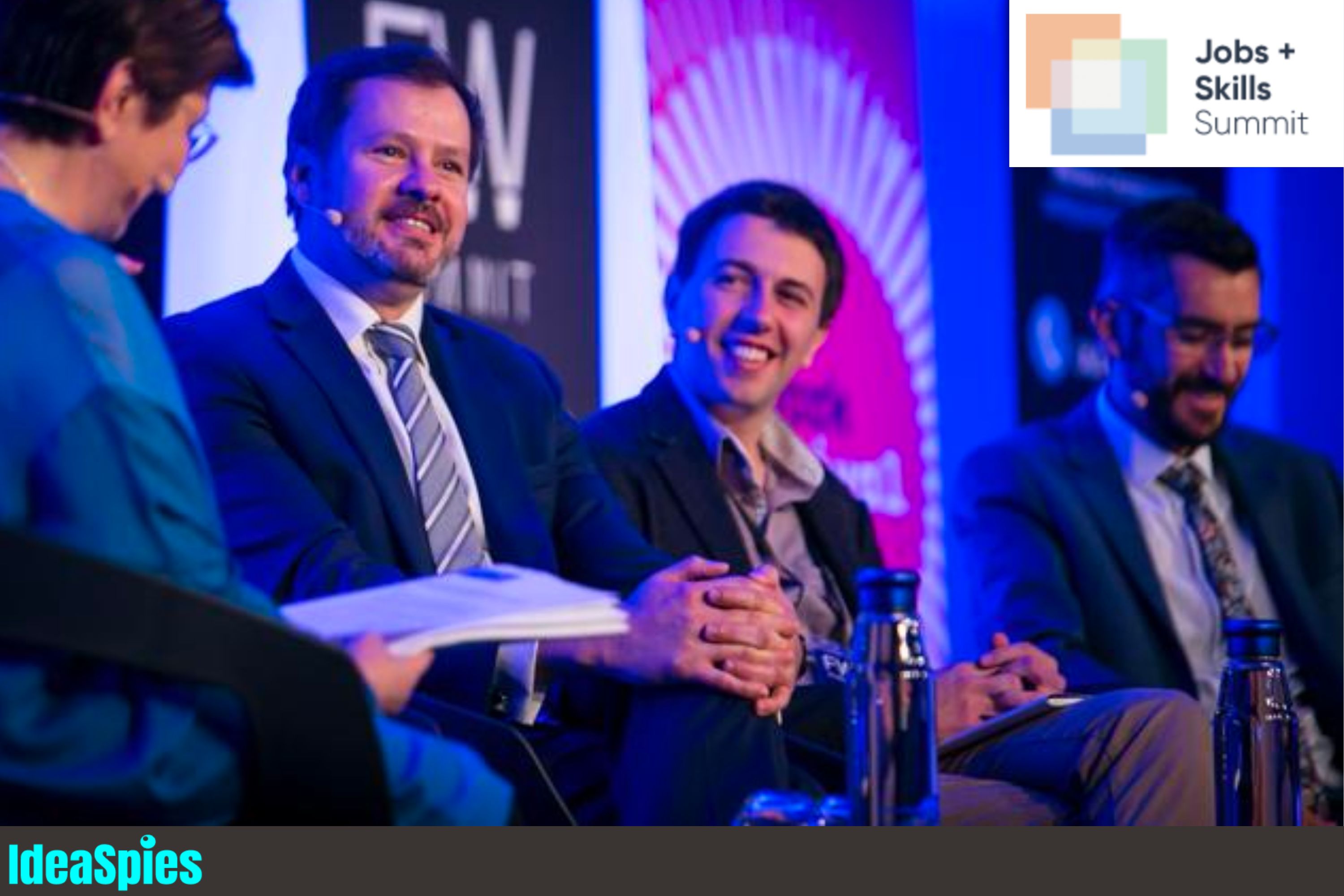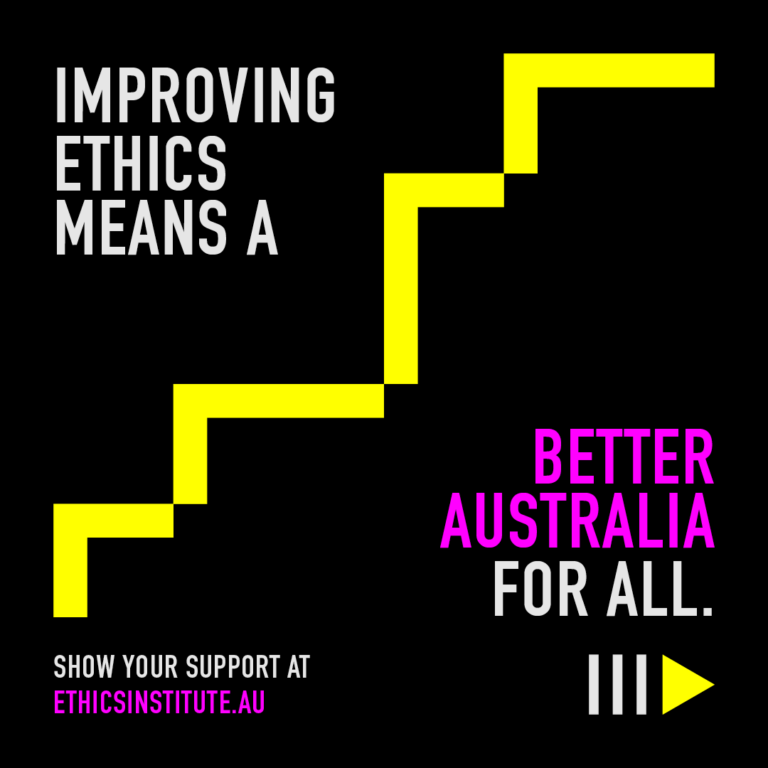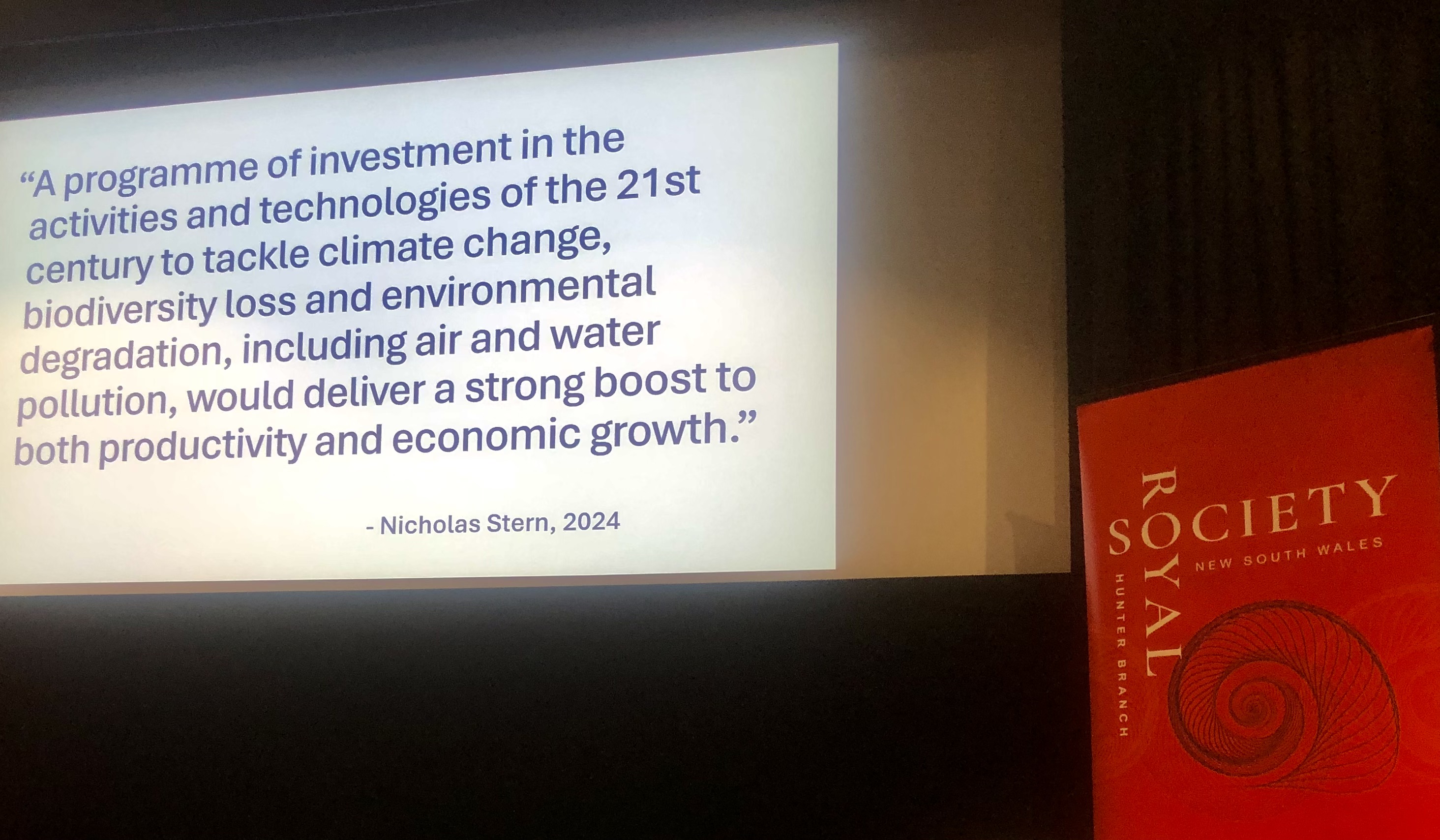Comments
DIGITAL APPRENTICESHIP PROGRAM > https://www.digitalprofession.gov.au/career-development/emerging-talent-programs/digital-apprenticeship-program
From Claire McFarland > https://www.ussc.edu.au/analysis/future-workers-computer-science-apprenticeships-and-soft-skills
Are Digital global capability centres (Digital GCCs) the answer to Australia's chronic digital skill-sets shortage?
https://www.linkedin.com/feed/update/urn:li:activity:6962661275520700416/
Maria, one area that’s intrigued me on this topic is how we can help people get into fields they have natural aptitude for and like doing. Typically this is discovered through “human” traits (“soft skills” etc) rather than the functional areas (finance, telco, marketing, etc). These are the leveragable capabilities that can transfer from employer to employer. Helping individuals and employers better understand their capabilities leads to better ‘job fit’ and workforce satisfaction, higher retention and growth.
I’d love to see a focus on this at the Summit
Mike Kevin Daniel Vanessa Suze
A few things need to be considered here:
1. Firstly just because there are digital apprenticeships available won't automatically equate to people taking them up. Especially when it comes to closing the gap with ensuring more girls/women join the tech space, there needs to be labor intensive and focused mentoring programs to ensure women are encouraged to learn about the sector, have experience days and be mentored through the process, this will help mums returning to work to consider this as a career choice;
2. If you are looking to ensure more girls choose this sector as a career pathway you need to make sure you have dedicated school based (co-curricular) programs such as Future is Bright https://www.thefutureisbright.com.au/ which takes 10 girls through a interactive program over 3-6 months to familiarise them, connect them and encourage them into a non-traditional industry such as STEM;
3. Society equates apprenticeship with low pay, this could turn off potential candidates. So clear and practical information needs to reach the masses (not just uni students) on what it includes, how they can study and work etc, potentially having free workshops online and in person to show interested parties what it is all about;
4. Don't leave out the people from lower socio-economic regions. Too many initiatives focus on picking the "best of the best" from places like Western Sydney instead of being inclusive for ALL people to put their hand up and participate. Some STEM programs are marketed for the best and brightest which alienates so many people who have been told they aren't good enough or smart enough for a STEM career. This needs a dedicated focus to ensure all people have the opportunity (and know they do) for a digital/tech future.
5. Barriers will exist for those who don't have access to technology (laptops etc) or even the internet. How can we make sure that people aren't being further left behind because they don't have access to their own hardware?
6. Make sure Employment Service Providers (ESP) communicate these options to ALL their candidates on the books. There are hundreds of thousands of people allocated to an ESP however they are not always given the information needed that could potentially trigger an interest in this space, make it mandatory that every ESP needs to share this opportunity.
Amanda Rose (amanda@amandarose.com.au)
Thanks Amanda- excellent points!
Maria- I think Richard Hainsworth UpRising initiative with Design and Tech HSC students and IdeaSpies should link in with this idea and Amanda's points



 IdeaSpies
IdeaSpies
 Madeline Cunningham
Madeline Cunningham

 Glenn Barnes
Glenn Barnes
 Jonathan Chrimes
Jonathan Chrimes

